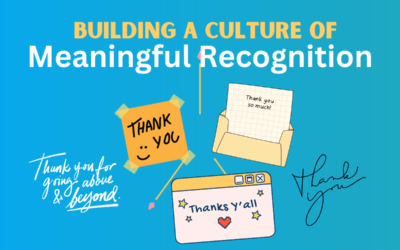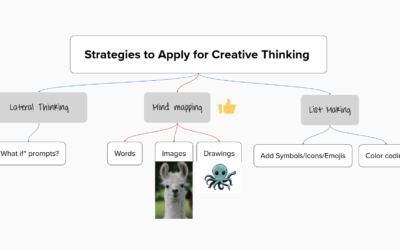 Pop culture has a way of getting a point across. It’s why memes work as well as they do in social spaces. The series of Matrix films is filled with “memeable” moments, but a particularly interesting one for nonprofits to think about is Neo confronting The Architect about why the Matrix bothers fooling anyone in the first place. He is led down a Aristotelean path to the understanding, “Choice. The problem is choice.”
Pop culture has a way of getting a point across. It’s why memes work as well as they do in social spaces. The series of Matrix films is filled with “memeable” moments, but a particularly interesting one for nonprofits to think about is Neo confronting The Architect about why the Matrix bothers fooling anyone in the first place. He is led down a Aristotelean path to the understanding, “Choice. The problem is choice.”
The inimitable Amy Sample Ward of NTEN was on Hubcast talking about the constant nonprofit challenge of how often to communicate – specifically by email. Amy advised listeners to do more than most charities tend to do, that many make the mistake of under-communicating because they don’t want alienate or lose subscribers. This is certainly a common a problem, but over-communicating by email is also a legitimate concern. So, knowing that one bear wants very hot porridge and another bear wants very cold, what is a nonprofit to do to get it just right?
Choice. Give your supporters choice.
List segmentation tools are available in most of the major bulk email clients used by charities. MailChimp, for example, has a guide for how to create list segments both from user patterns as well as by providing users choice. This allows the superfans to get as much information from your organizational fire-hose as you care to douse them with (say weekly), without clogging the email inboxes of the more casual supporter who may prefer just a once-a-month update. Charities providing this level of choice will likely see fewer subscribers on the more-frequent (or more specialized topic) lists, but will also likely see higher engagement on those lists. More opens, more shares, more measurable action. Those superfans can be huge amplifiers of a nonprofit mission when armed with good information. Nonprofits can’t provide those fans the right tools by blasting every contact with the same level.
This tactic also works in social spaces. Create more than one Twitter account, where one is highly utilized and live-tweets every conference, and other account is just media updates on critical issues. Add specific groups on Facebook with more postings or a very specialized type of content. Just give supporters the choice of how often and where to connect with the mission work of the charity. This is more work for the staff or volunteers managing communications, but not very much more work. Think of it as creating content for the superfans, and slimming down some choices in less-frequent tools for the still-emerging user. That isn’t that much extra time. The benefit in helping some contacts move up the engagement ladder without alienating the more tentative observer is huge.
Charities can solve the email problem. Offer choice in both types and volume of communication.


